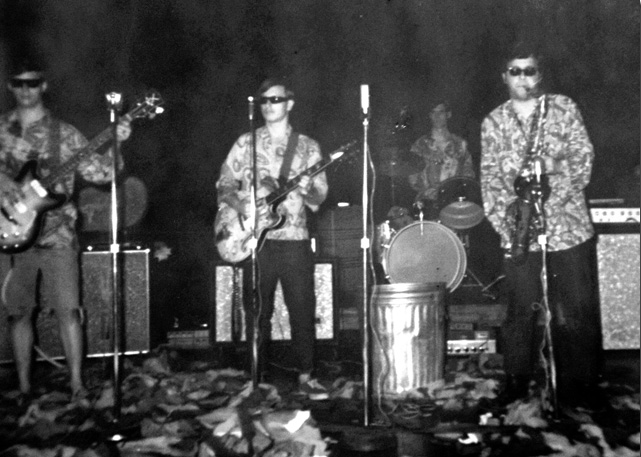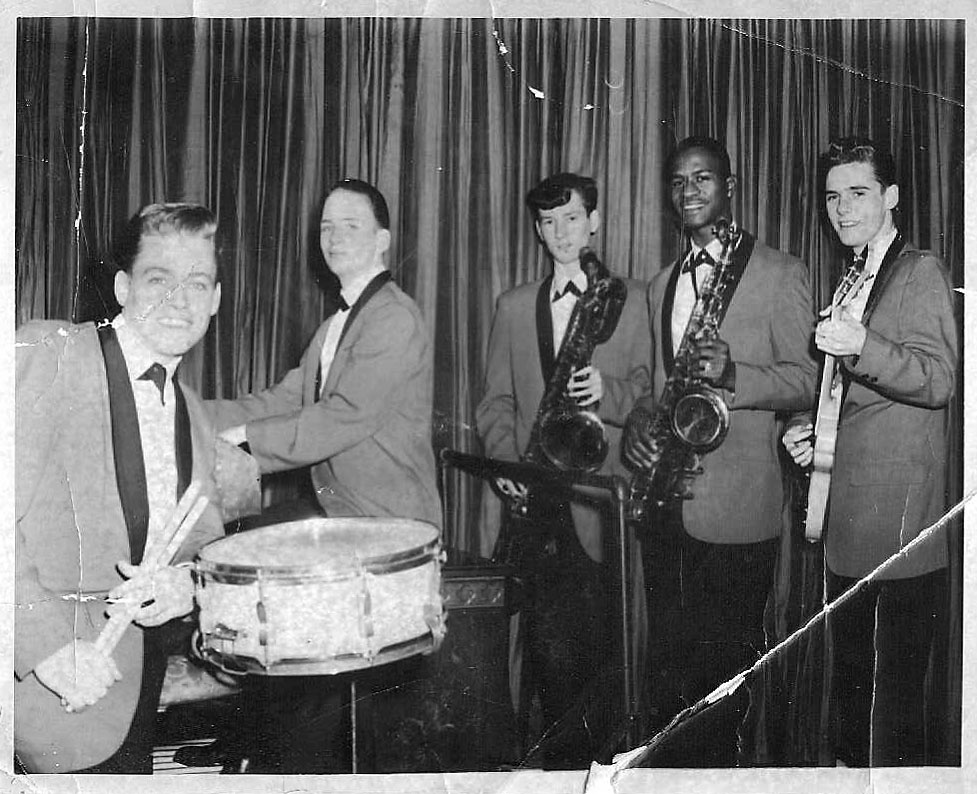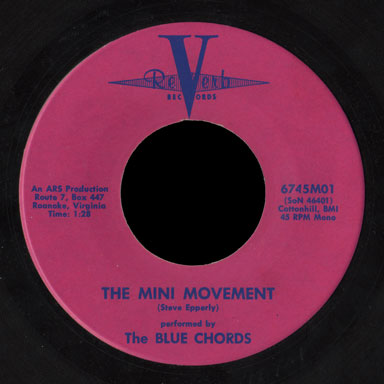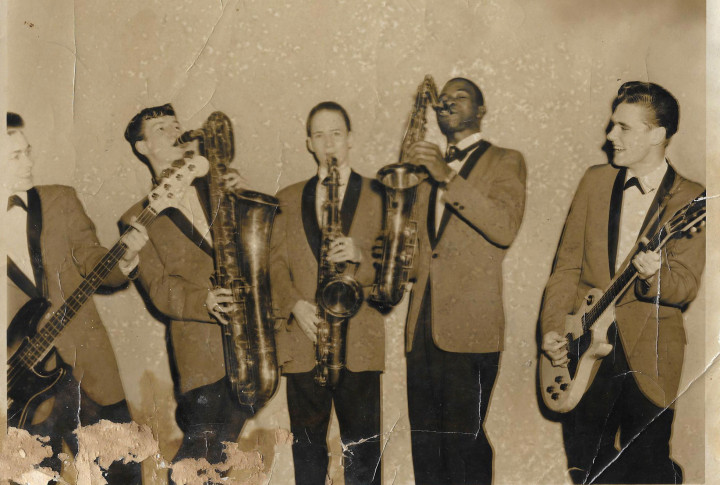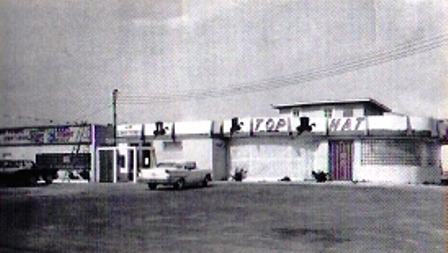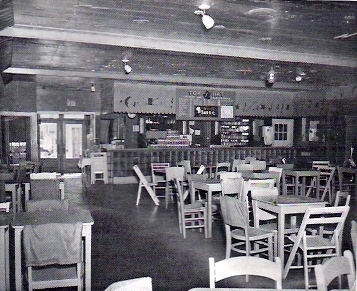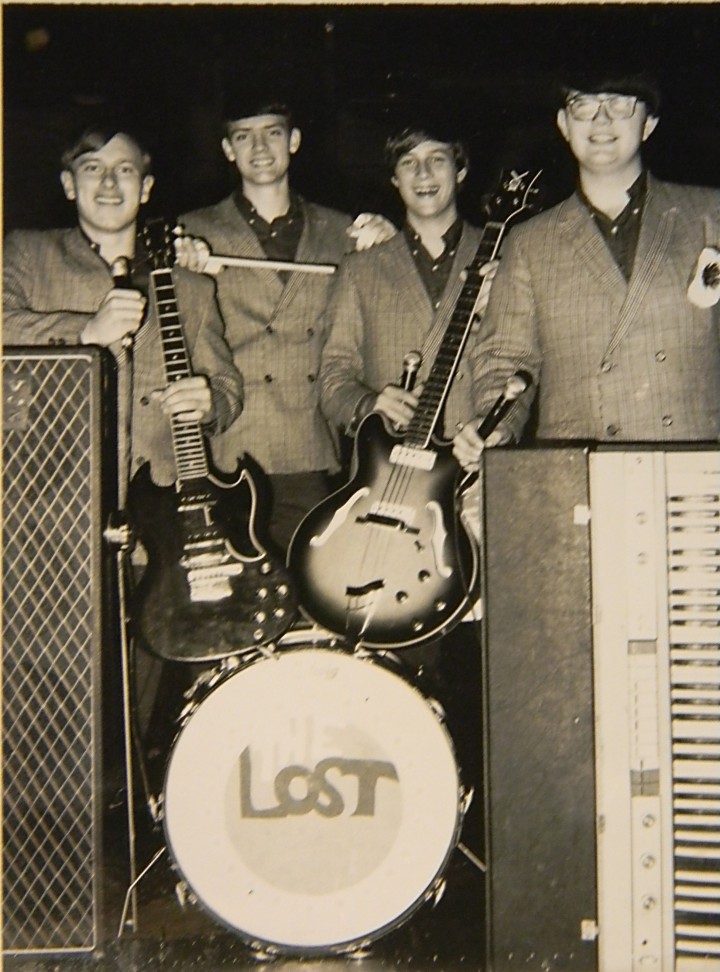
Article by Jack Garrett
While the Lost Soul is all but forgotten in their home state of Virginia, legions of fans in the UK regard their records as classics. Little has been written about the band, whose members came together in 11th grade. All but one attended Graham High School in Bluefield, Va., performing for about 18 months as The Prussians before changing their name to Lost Soul. The group featured songwriters Steve Calfee and Randy Conley on guitar, organ and vocals; Steve Cook on bass and vocals; and drummer Donnie Fields.
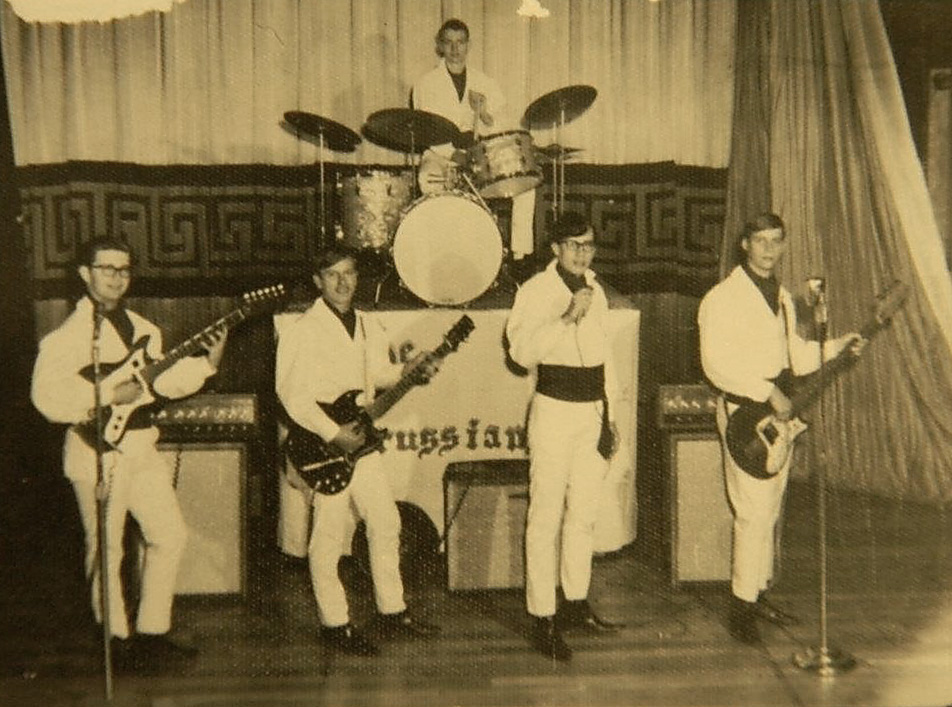
Calfee explains that hard rock was just coming to the fore. And while Lost Soul was responsible for the psychedelic gem “Minds Expressway,” Calfee says they were more into Motown and the R&B Memphis-type sound. The band felt “some of the music that was coming out on the hard rock side of it as not having the soul that we liked… we were gonna try and put the lost soul back into the rock and roll. Whether we actually did that or not I don’t know, but we gave it a shot.”
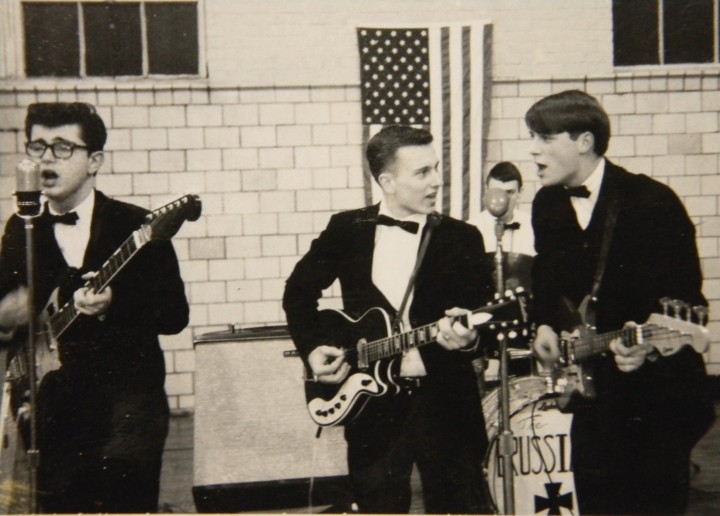
With the name change, the band began looking for studio to record some original compositions.
The group did a lot of promotional dances and during one DJ Charlie Duff put them together with Gene and the Team Beats of Martinsville. That group was already recording for Raven Records in Danville and suggested that manager John Cook (the bassist’s dad) talk to Frank Koger, who owned and operated the small recording studio on the Piney Forest Road. Cook met with Koger and the band traveled to Danville in 1967 to commit two songs to wax: “A Secret of Mine” b/w “Minds Expressway”.
By all accounts, John Cook was a savvy businessman. He was a salesman for Caterpillar and taught the boys how to publicize and promote their shows and dances, how to collect fees, and even how to dress, although the dark green checked suits he bought for a job at the Fincastle Country Club bombed with the band. It was John who secured their bookings and traveled with the group, and who ultimately brought them to Danville in early 1967. Vox was just making inroads into the U.S. and he arranged for the group to receive free amplifiers and a PA system.
Calfee and Conley were the group’s two guitarists but were forced to make some last minute adjustments just prior to the recording session. Three months before they cut their first record, lead vocalist Jimmy Johnson quit for no apparent reason. About the same time, keyboard player Charlie Bassett married and left the band to attend engineering school. Rather than add a new member, the guitarists simply split the keyboard duties, although Calfee bought Bassett’s Acetone organ and plays keys and sings lead on all four Raven sides.
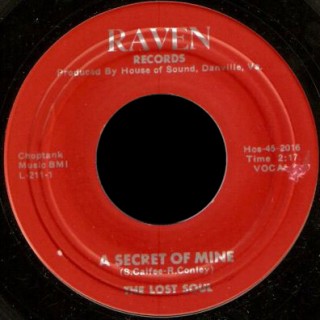 Calfee remembers the House of Sound studios as a small converted ice house, complete with loading dock. The control room was no larger than 6×6 with a glass window and a hole cut for a window unit. This proved a problem on their second session in the summer. The air conditioner was so noisy that it could only be turned on between takes, leaving members praying for a flub so they could get some relief from the heat. The songs were recorded directly to a two-track recorder, requiring multiple takes before an acceptable master was delivered.
Calfee remembers the House of Sound studios as a small converted ice house, complete with loading dock. The control room was no larger than 6×6 with a glass window and a hole cut for a window unit. This proved a problem on their second session in the summer. The air conditioner was so noisy that it could only be turned on between takes, leaving members praying for a flub so they could get some relief from the heat. The songs were recorded directly to a two-track recorder, requiring multiple takes before an acceptable master was delivered.
A mistake on the end of the flip side was caught on tape and was incorporated into the song. If you listen to Minds Expressway, there’s a “pa-ping” sound on the cymbal. Calfee says they’d gotten “to the very end of a take and it was an accident that he did and as soon as we ended the take (producers) Ernie (Dickens) and Frank actually came out of the booth and said, ‘What was that?”
Drummer Donnie Fields took the stick and did a ping off the bell of the cymbal and Koger said, “Well that’s fantastic; it actually makes the record.” He asked Fields if he could do that every time, so the band spent “the next two hours doing take after take of him trying to do that pa-ping sound through the entire cut ’til we finally got it.”
To promote the disc, their new manager landed the band a slot on Dick Bennick’s Dance Party, a popular Bandstand-based broadcast on WGHP 8 in High Point, NC. The band arrived to light snowfall around mid-day, set up their equipment and were prepared to play when they were told they would be lip-syncing the songs. That was a first and it took the group “forever to get it right.” Whenever the cameras would roll, the director would stop the band, telling Calfee his lips weren’t moving with the music and it looked “like a Japanese movie.” Compounding the problem was the drum intro on “A Secret of Mine”. Without a count leading in to the song, it was impossible to synchronize the video, so the cameraman did a crossfade from a vine-covered trellis on the set to Fields’ drums.
They finally finished about 1:00 a.m. and left the studios to find three-feet of snow on the ground. It took them eight hours to reach their next gig, forcing the band to miss their television debut.
Each member was given two boxes of 45s and Calfee says they gave away as many copies as they sold. Koger distributed discs to radio stations and the band followed up with promotional appearances. “A Secret of Mine” was the pick of Top 40 radio, while “Mind Expressway” was played by college stations in the FM market. Along the way, Lost Soul followed or shared bills with ? and the Mysterians, the Hombres and the Fantastic Johnny C.
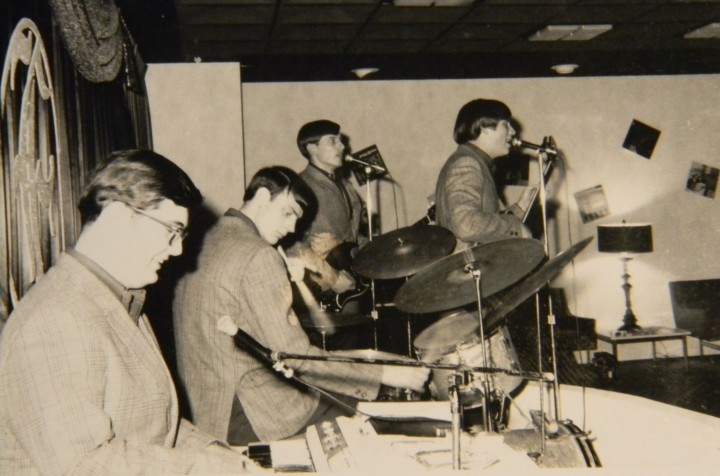
(l to r) Steve Calfee, Donnie Fields, Randy Conley, Steve Cook.
Some of the largest crowds Lost Soul played for were at the Coke plant in Danville. Workmen would use fork-lifts to clear out the warehouse and set up the stage. Local radio stations and the high school newspaper promoted the dances, which attracted thousands.
Their manager brought a Webcor reel-to-reel to record one college job. Calfee says the band decided to have a few drinks to loosen up and thought they “were just kickin’ butt and takin’ names” on the bandstand. The next day he “played the recording back for us and it was the worst crap you’ve ever heard in your life.” Calfee says it was so bad that “it literally sobered us up.” From that day forward, no one took a drink on a job.
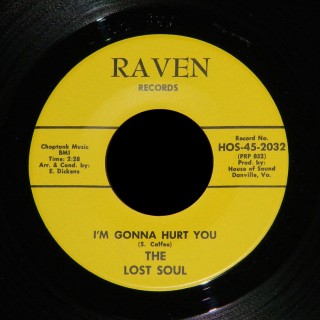 Six months later, Lost Soul was back at Raven to record a second 45 and a demo tape for distribution to major labels. They now shared management with Archie Bell and the Drells and their new manager signed a deal with PM Distributors in Pittsburgh to press thousands of copies of “I’m Gonna Hurt You” b/w “For You”. Calfee says the company had a promotions man who got the 45 to rack jobbers and radio stations. The effort paid off, as Calfee was told the song made it to the lower reaches of Billboard’s Hot 100. (Perhaps it was the Cashbox chart, as Billboard’s Top Pop Singles 1955-1996 lists no entries by Lost Soul.) As many as 20,000 copies were pressed but the group never received any royalties and requests for an accounting were ignored. Once the record started to break nationally, Lost Soul moved from playing country clubs and frat houses to armories and auditoriums.
Six months later, Lost Soul was back at Raven to record a second 45 and a demo tape for distribution to major labels. They now shared management with Archie Bell and the Drells and their new manager signed a deal with PM Distributors in Pittsburgh to press thousands of copies of “I’m Gonna Hurt You” b/w “For You”. Calfee says the company had a promotions man who got the 45 to rack jobbers and radio stations. The effort paid off, as Calfee was told the song made it to the lower reaches of Billboard’s Hot 100. (Perhaps it was the Cashbox chart, as Billboard’s Top Pop Singles 1955-1996 lists no entries by Lost Soul.) As many as 20,000 copies were pressed but the group never received any royalties and requests for an accounting were ignored. Once the record started to break nationally, Lost Soul moved from playing country clubs and frat houses to armories and auditoriums.
Several labels were interested in the band, but Calfee says they had an image problem. It seems the major labels couldn’t decide how to market a group that played both psychedelic rock and funky soul. “We didn’t know any better,” says Calfee, adding, “We didn’t know that you were not supposed to mix the genres.” Elektra liked the tapes, which included a soulful arrangement of “Day Tripper”. Their manager secured a $25,000 advance with an agreement to record two more 45s and the promise of an album, if the singles charted.
But it was not to be. About this time, the band started to implode. It was 1968 and the height of the Vietnam War. Cook was drafted, Calfee decided to go back to school, Conley left to attend trade school and Fields got married. The band went through a period of about six months with pick-up drummers and even a saxophone player before calling it a day.
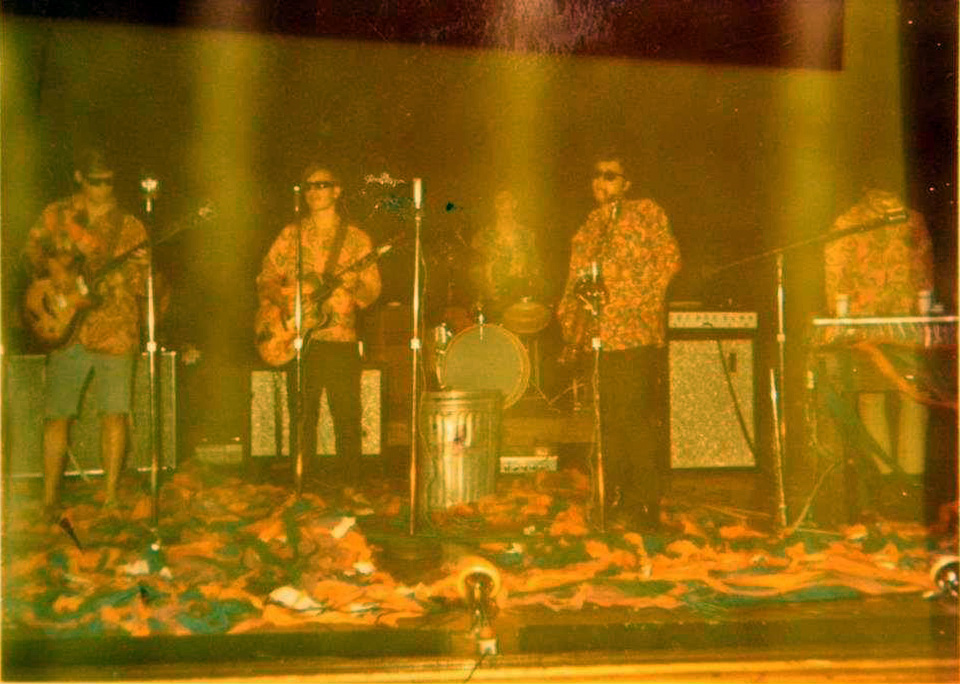
(l to r) Steve Cook, Randy Conley, Lance Yost, Joe Simoncini & Steve Calfee
The later band delved further into psychedelia. The group dropped their matching suits in favor of multi-colored shirts and sunglasses and would scatter the stage with streamers. Borrowing from the Mothers of Invention, a metal trash can was also incorporated into the stage act. Calfee explains that “if you dropped a live mic inside with lots of reverb and delay, then banged on the can it created quite a bizarre sound.” The Fool had just painted Cream’s guitars in psychedelic colors, so Conley and Calfee did the same with their guitar and organ.
While national success eluded them, Calfee believes that was probably a good thing, adding, “If we had signed, as young as we were at the time and as crazy as the business was, I doubt seriously if any of us would have survived.”
Calfee later returned to music. He still plays and books entertainment for a cruise line in Little River, SC. Conley also returned to the stage, performing as E.R. Conley. And while their paths crossed occasionally on the road, Calfee lost touch will his co-writer eight years ago. Cook died about a year ago, while Fields left music and went to work for the railroad in Roanoke.
The band was all but forgotten until some Northern Soul fans in the UK discovered “A Secret of Mine”. Calfee was unaware of the renewed interest until he received a letter from an English musician he had worked with in the 80s. He learned the song was a favorite on the club scene and that their first 45 was selling for huge sums in England.
Two of the group’s songs were recently reissued on compact disc (Aliens, Psychos & Wild Things, Vol. 3) and videos of the band draw thousands of views on Youtube. But Calfee has yet to capitalize on the new audience and has received no songwriting royalties. While Calfee is “amazed” by the band’s resurgence in popularity, Cook recognized their potential. Shortly before his death, he told Calfee: “We never realized how good we were and what a great opportunity we had.” And while he won’t rule out a reunion, Calfee says it hasn’t happened yet and believes things worked out for the best, adding, “We were just trying to make music and have a good time.”
